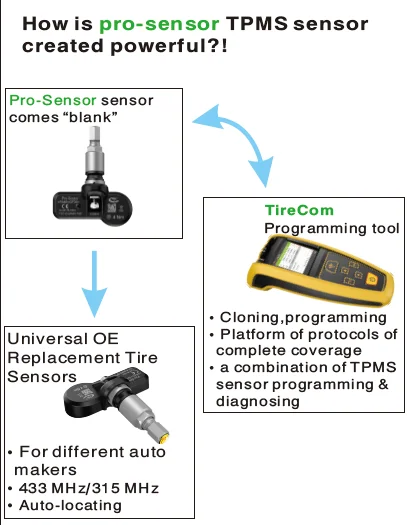The direct tire pressure monitoring system uses radio frequency (RF) technology to transmit measured tire pressure and sometimes temperature readings to a vehicle's on-board electronic control unit (ECU). If the tire pressure in one or more tires is 25% or more below the manufacturers recommended level, then a low tire pressure warning light is turned on, warning the driver of underinflation. Tire pressure monitoring sensors are usually powered by a 3-volt lithium ion battery. Some TPMS sensors use a 1.250-volt nickel metal hydride battery. The battery is encased in the sensor's molded plastic housing. A battery that is running low on or is depleted requires the replacement of the ENTIRE TPMS sensor assembly.
There are many types of original equipment manufacturer tire pressure monitoring sensors being factory installed in different automotive makes and models. What is common between most system is that sensors are designed to transmit tire pressure data to the vehicle ECU at regular intervals. If the ECU misses a few sensor transmissions, it can then assume that either an interference or malfunction has occurred within the tire pressure monitoring system. The TPMS light will then turn on to warn the driver of a potential TPMS malfunction. In most systems, a malfunction in the system is indicated by a blinking TPMS warning light. The light blinks for a period of about 60-90 seconds. After blinking for a brief time, the warning light will remain on.
The estimated life expectancy of an OE TPMS sensor is 5 to 12 years, with the average lifespan being 7 years. TPMS life expectancy is directly related to the number of radio frequency transmissions the sensors make. Driving habits greatly influence the number of RF transmissions a sensor makes in its lifetime. For example: sensors usually transmit when the vehicle is stopped and transmit more often when in motion.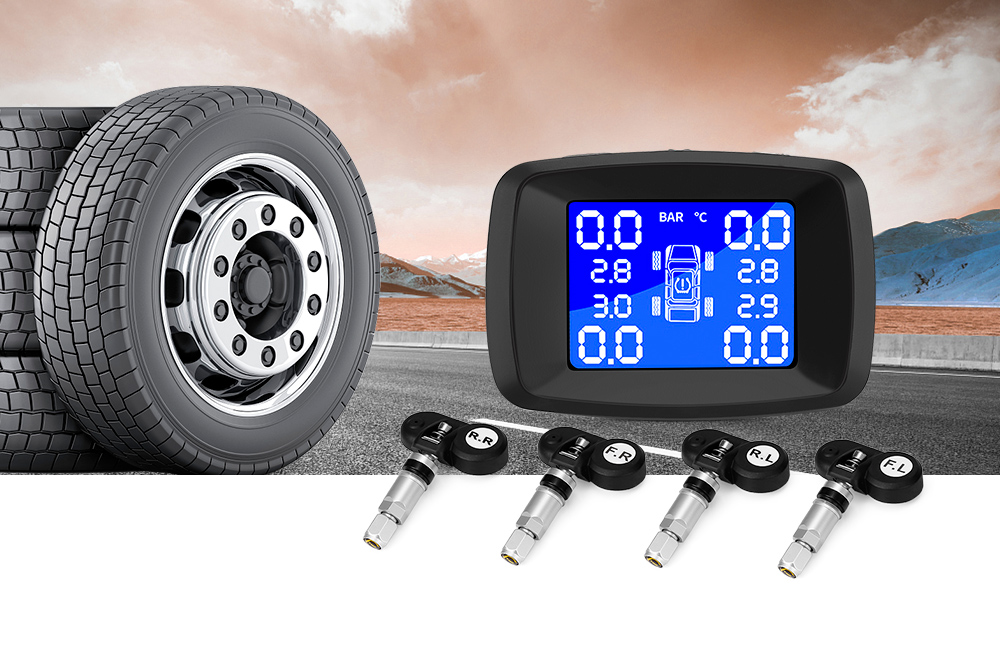 Maintaining a constant speed, such as when you're on a highway, reduces the demand on TPMS sensors and allow the sensors to transmit less often. Drivers who often find themselves driving in start-and-stop type traffic will have a greater impact on the vehicles tire pressure monitoring sensors.
Weather can also have an impact on tire pressure sensor battery life. Cold conditions allow batteries to last longer. Warmer conditions take more of a toll on TPMS battery life.
Maintaining a constant speed, such as when you're on a highway, reduces the demand on TPMS sensors and allow the sensors to transmit less often. Drivers who often find themselves driving in start-and-stop type traffic will have a greater impact on the vehicles tire pressure monitoring sensors.
Weather can also have an impact on tire pressure sensor battery life. Cold conditions allow batteries to last longer. Warmer conditions take more of a toll on TPMS battery life.
TPMSDirect.com stocks original equipment tire pressure monitoring sensors for most vehicle makes and models. If one or more sensors on your vehicle has depleted or malfunctioned, you can find the OEM replacement by clicking here or going to: http://www. tpmsdirect.com/Buy_Original_Equipment_TPMS_Sensors_s/1613.htm
tpmsdirect.com/Buy_Original_Equipment_TPMS_Sensors_s/1613.htm
It’s time to charge up tire dealers’ customer education campaigns for TPMS sensor replacement as the life expectancies of batteries molded into sensors begin to run out.
Mandated TPMS systems were phased in from 2006 to 2008, so some of these vehicles’ sensors have been in service for five years. Still older direct sensors can be found in quite a few domestic and import models introduced earlier in the decade and equipped with TPMS ahead of government deadlines.
Direct TPMS sensors commonly use radio frequency technology to transmit measured tire pressure readings to a vehicle’s on-board electronic control unit and warn drivers of a 25% or more under-inflation level.
Mounted inside a tire assembly on valve stems or wheel rims, the sensors are usually powered by 3-volt lithium ion batteries, but some use 1.25-volt nickel metal hydride batteries. There are developments underway that promise battery-less sensors in the future, having the potential to dramatically change TPMS markets.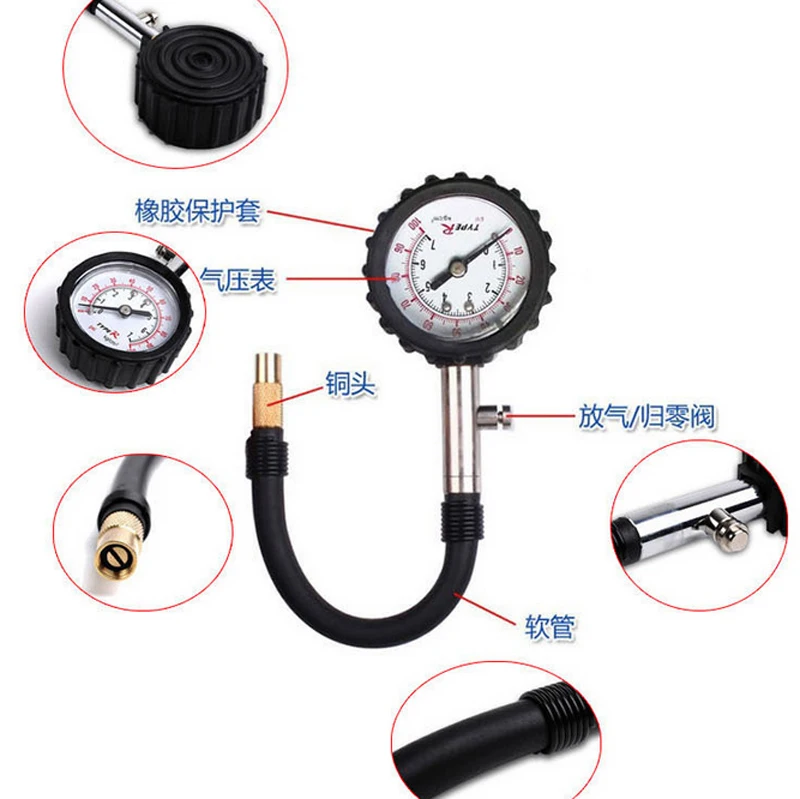
For now, though, the batteries – generally round and encased in a sensor’s molded plastic housing – have finite lives. Since the batteries are entombed, a dead or dying one requires the replacement of its entire sensor assembly.
When asked how long the sensor batteries will last, industry representatives provide a broad life expectancy range – five to 12 years and up to 100,000 miles are mentioned when addressing estimated life spans. The follow-up qualifier is that driving conditions, such as frequent on-off cycling of a TPMS, tire pressure sampling frequency and temperature extremes, will significantly shorten battery life.
When Batteries Die
A failed battery means its sensor no longer is providing protection to the vehicle driver and passengers, just like an inoperable home smoke detector can’t warn occupants of a developing hazardous fire.
A smoke detector’s single, short beep at long intervals alerts a homeowner to change a battery, but how does a car or truck’s on-board computer know that a TPMS sensor’s battery has failed?
Brian Rigney, general manager for Dill Air Controls Products, conducted an experiment to determine how one vehicle reacts to a sensor’s lost transmission.
“A car’s computer recognizes that a signal interruption has occurred, Rigney says, “but it usually waits to react.”
Automotive makes and models have many different systems, he says. Generally, sensors are designed to transmit data to the computer at regular intervals, usually measured in minutes. If the computer misses a few sensor transmissions, it assumes interference has occurred and refrains from alarming the driver. However, if the computer misses several more transmissions, it illuminates the TPMS icon to alert the driver of the malfunction.
Rigney tested a Pontiac model by completely removing a sensor from a tire assembly and driving the car. “It took 45 minutes before the TPMS icon warned me the computer was not receiving a sensor signal,” he says.
“My test vehicle’s system was set up for the 45-minute delay, but other cars are programmed for longer or shorter time periods.”
Real Life
It was time to ask for his battery life estimate.
“Each manufacturer has its own warranty, some are simply two years, some are years or miles,” Rigney explains. “An OE sensor battery is expected to last at least five years, which is usually outside the warranty time period.”
He says battery life expectancy is directly related to the number of RF transmissions, which are affected by driving conditions and the sensor design. “Does the sensor have a sleep mode? Is it designed to transmit every minute, five minutes or 20 minutes in normal conditions? Generally, an OE battery will last five to 12 years and the average is seven years.”
Colder conditions generally allow batteries to last longer, according to Rigney, so batteries are expected to fail quicker in warmer rather than colder climates given the same driving conditions. However, driving habits vary greatly from tire customer to customer, and by the same token, the demand placed on sensors and batteries also fluctuates widely.
Sensors usually transmit less while a vehicle is stopped, more often while it’s in motion, and a lot more as it accelerates or decelerates. A constant speed, such as highway driving, allows sensors to transmit less often.
A constant speed, such as highway driving, allows sensors to transmit less often.
In general, short distances with numerous starts and stops will have a greater impact than overall miles driven. “In other words,” says Rigney, “10,000 city miles will result in lower battery life compared to 10,000 highway miles.”
How to Replace a TPMS Sensor Battery
A depleted battery can’t be exchanged, so the entire sensor must be replaced.
Rigney says potting material inside the sensor housing secures the electronic components and protects them from the harsh environment inside a tire. “In order to remove a battery, the potting material would need to be melted. Heating the material could damage components and allow the battery’s lithium to seep out of its housing and into the environment.”
A NHTSA ruling, says Rigney, stated that TPMS and its 71 million tiny batteries represent a 2% increase in U.S. battery usage, but a much smaller overall increase in battery volume and chemical content to landfills. Balance that against the environmental benefits of TPMS-improved proper tire inflation rates that include improved fuel economy, reduced emissions and longer tire life.
Balance that against the environmental benefits of TPMS-improved proper tire inflation rates that include improved fuel economy, reduced emissions and longer tire life.
When a customer visits a tire dealer, a technician can test each TPMS sensor’s battery life, but only if his or her scan tool can display battery life and the pressure sensor is equipped to output that data. Rigney cautions that it’s difficult to interpret the scanned data, because the readout could be a battery life percentage or a one-word description. “A displayed ‘10 %’ or ‘low’ could mean six months to a year of battery life remaining,” he says.
The lack of accurate information opens the door for a conversation to discover a customer’s expectations and explain the needs.
Rigney believes the TPMS and tire service industry should adopt standards. “Standardize sensors so they output battery life information and standardize scan tools so they display battery life,” he says.
He adds that the industry also should agree that a “low” or “15%” readout is the proper time to recommend to customers that they replace all four tire sensors and recheck the spare if it is TPMS-equipped. “It’s similar to replacing both headlights at the same time, even though only one is burned out.”
“It’s similar to replacing both headlights at the same time, even though only one is burned out.”
He adds that if a vehicle owner is buying new tires and one sensor battery is dead or low, the technician should explain it’s the best time to replace the sensors because:
• The tires already are off the wheels, so buying now means avoiding a future visit to the dealer and additional charges for a second balancing service.
• It could avoid the TPMS warning light appearing while on a trip or in traffic.
• It would eliminate the worry of dealing with a failed sensor.
• Replacement sensors, such as those made by Dill, can last seven to 12 years, which normally means never purchasing another set of sensors. So buy them now, instead of later.
• Some states require TPMS icons to be off in order to pass vehicle inspections.
• Replacing all sensors, before or when one fails, helps avoid a last-minute issue while preparing for inspection.
Select language
Experienced car enthusiasts know that a change in tire pressure can provoke an emergency.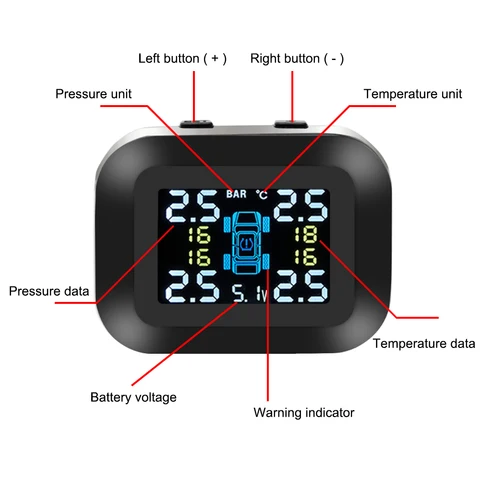 Regular driving on overinflated, or vice versa, lowered wheels leads to rapid tire wear and a deterioration in the maneuverability of the car. Responsible car enthusiasts (which, unfortunately, are a minority) regularly check tires with a pressure gauge. The rest - in the old fashioned way, trust their own eye, and pump up the wheels with their noticeable subsidence.
Regular driving on overinflated, or vice versa, lowered wheels leads to rapid tire wear and a deterioration in the maneuverability of the car. Responsible car enthusiasts (which, unfortunately, are a minority) regularly check tires with a pressure gauge. The rest - in the old fashioned way, trust their own eye, and pump up the wheels with their noticeable subsidence.
To make driving safer, we recommend equipping the wheels with tire pressure sensors. These small devices will take control of your wheels and alert you to a problem with a light or sound.
As we have already said, the main task of such indicators is to control the pressure in tires while driving a car. Some devices control temperature changes inside the wheels.
Direct pressure control systems will relieve the car owner of the need to check the wheels daily with a pressure gauge, and will notify in a timely manner of flat tires. It is difficult to notice a small wheel settling by eye, and if there is a small chamber puncture, the driver runs the risk of completing the journey somewhere in a ditch. In the event of a breakdown of the wheel, the indicators will record the change and send a warning signal to the owner of the car. These devices will not save the driver only when there is a sudden serious rupture of the tire. In this case, the driver himself will feel something was wrong, since the air from the torn chamber comes out very quickly.
In the event of a breakdown of the wheel, the indicators will record the change and send a warning signal to the owner of the car. These devices will not save the driver only when there is a sudden serious rupture of the tire. In this case, the driver himself will feel something was wrong, since the air from the torn chamber comes out very quickly.
By the way, by controlling the recommended tire pressure, the car owner not only takes care of his safety, but also saves on fuel. A car, moving on lowered tires, consumes 1 - 1.5 liters more fuel for every 100 km of travel.
If indicators are classified depending on the method of installation, then there are 2 types of these devices:
The first type of indicators is installed instead of standard caps on the outside of the wheel. Their advantage is relatively low cost and easy installation. But indicators of this type wear out quickly, and there is a risk that they will simply be twisted by those who like to profit at the expense of others.
Internal tire pressure sensors are more expensive but last longer. They are installed on an air duct, instead of a mouthpiece, through which air is pumped into the chamber, and the indicator sensor is placed inside the chamber. These devices are completely invisible to others, so they can only be stolen along with the car. Due to the fastening, indicators of this type suffer less due to loads during the movement of the car, and are not affected by the environment. The only drawback of such devices is that to install them, the owner of the car will have to contact the service station.
Indicators can be classified not only by the installation method, but also by the principle of operation.
1. Mechanical - the simplest outdoor devices that are screwed on instead of regular caps. Such indicators work very simply. Depending on the pressure in the tire, they change color. To understand whether it is necessary to pump up the wheels, the owner of the car just needs to inspect all the sensors.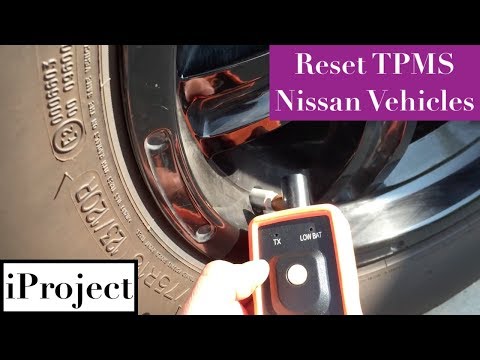 If everything is in order, the indicator is usually green, if there is a breakdown, it can be yellow or red. Such indicators need to be selected for specific brands of cars, since different cars have different recommended tire pressures.
If everything is in order, the indicator is usually green, if there is a breakdown, it can be yellow or red. Such indicators need to be selected for specific brands of cars, since different cars have different recommended tire pressures.
2. Budget electronic sensors, which are both external and internal. Such devices have built-in electronic chips, and the package includes a special indicator device. The task of the chips is to transmit information to the control unit, which in turn should notify the car owner that the tire pressure does not correspond to the recommended values.
The advantage of external electronic sensors over mechanical ones is their appearance. Visually, they cannot be distinguished from regular caps, respectively, they do not attract the attention of intruders. But from the destructive effects of centrifugal force and small pebbles that fall on the sensors while driving, they are not protected. Therefore, there is a high risk of premature failure of the device.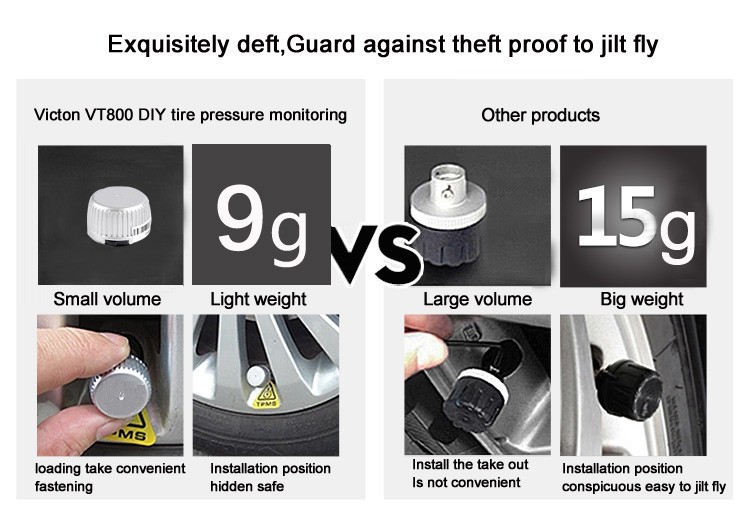
3. Electronic indicators with a new generation of internal fastening - the most expensive and "advanced" devices. They are synchronized with a mobile phone or car electronic system. By wireless communication, the car owner receives accurate data on the pressure, temperature and speed of rotation of each of the wheels.
Such devices are the most convenient to use, and have a service life of 5 to 7 years (this is how long the battery that is included in the sensor design lasts). Today, engineers are developing sensors without batteries, which will have to be powered through an antenna.
← ANNOUNCEMENT: New tracker at an affordable price - StarLine M18 | Dangers when installing non-genuine or counterfeit xenon lamps →
Recommend
Today, there are several varieties of systems with tire pressure monitoring sensors.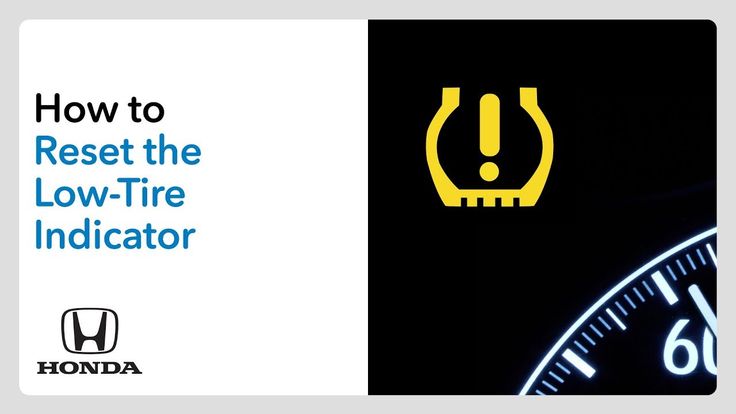 Accordingly, the principle of their work differs significantly from each other. There are regular systems of so-called indirect and direct pressure control. Freelance systems are also sold, which are distinguished by information content and, in fact, by the sensors themselves. There are also just sensors, without any system. We offer a closer look at these technologies, the principle of operation of different tire pressure sensors, their varieties, advantages and disadvantages.
Accordingly, the principle of their work differs significantly from each other. There are regular systems of so-called indirect and direct pressure control. Freelance systems are also sold, which are distinguished by information content and, in fact, by the sensors themselves. There are also just sensors, without any system. We offer a closer look at these technologies, the principle of operation of different tire pressure sensors, their varieties, advantages and disadvantages.
OEM tire pressure monitoring systems include equipment that is installed in modern cars both in the basic configuration and as an additionally paid option. Conventionally, they are all divided into two types:
Let's briefly consider them separately.
Absolutely all regular tire pressure monitoring systems are abbreviated TPMS - Tires Pressure Monitoring System. So, the equipment of the so-called indirect tire pressure control does not measure any pressure at all. Her work is tied to the ABS system, or rather, to sensors that read wheel speed.
This data is then sent to the control unit, which compares the wheel speed with the actual distance traveled by the vehicle in time intervals. When the tire pressure decreases, the physical diameter of the wheel decreases accordingly. As a result, to overcome the same distance, he has to make more revolutions. This discrepancy fixes TPMS, signaling an emergency situation for the driver.
The main advantage of this type of system is mechanical reliability. Due to the fact that there are no sensors in the rotating and under adverse conditions, the risk of failures and errors is reduced. In addition, the equipment for installing such systems costs a little less than that with tire pressure sensors.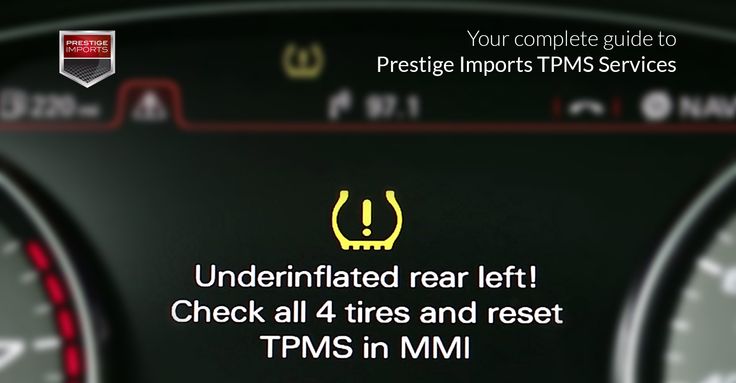
However, this simplicity has some drawbacks. This is mainly about accuracy and information content. Such systems do not display any information about the current tire pressure, but only signal when the tire is flat by more than 30-40%.
These systems are much more informative and sometimes even very accurate. They consist of a control and signaling unit, as well as four sensors that are installed directly in each wheel. As a rule, instead of conventional inserts with spools.
Each sensor is a small unit containing a transmitter module, power supply and reader. The transmitter module transmits information to the central control unit using short pulse signals with an average frequency of once per minute. This allows you to use the energy of the power source as economically as possible, since due to the internal location of the sensor, its replacement is not provided at all.
The reader is usually a special element that changes its electrical resistance depending on the tire pressure.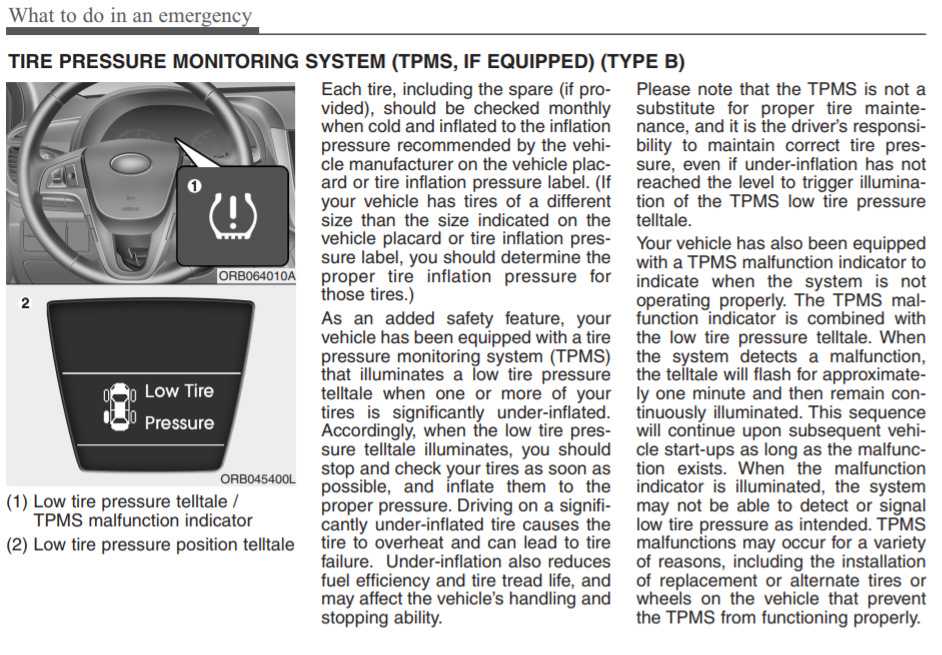 They come in two types - the more common piezoelectric elements, and less common strain gauges. The principle of operation of such pressure sensors is approximately the same.
They come in two types - the more common piezoelectric elements, and less common strain gauges. The principle of operation of such pressure sensors is approximately the same.
The advantages of such a system are accuracy and relative reliability. Many models "can" not only signal in case of emergency situations, but also show quite visual numbers informing the driver about the current air pressure in each of the wheels. Reliability is ensured due to the fact that the sensors themselves are located inside the wheel, and there, as a rule, it is dry, clean and “comfortable” for electronics.
The most vulnerable point of such systems is the receiving devices, which are located as close as possible to the sensors. This is done so that the distance that the signal from the sensors travels is minimal. This minimizes the energy consumption of the built-in power supplies, and also reduces the risk of picking up various interferences from electronic devices operating at the same frequencies (from the same TPMS in passing cars). Because of this, the receiving devices are located somewhere under the wheel arches or on the bottom of the car. And for electronics, these are not the most “comfortable” places.
Because of this, the receiving devices are located somewhere under the wheel arches or on the bottom of the car. And for electronics, these are not the most “comfortable” places.
Similar devices can be bought in specialized stores and adapted to any car that is equipped with classic tubeless tires. There are several types, the main ones are briefly discussed below.
Kit includes a central signaling unit and four sensors for installation in tires. In the most primitive version, the main unit has four LED indicators that simply light up when the pressure in one of the wheels is out of range. As a rule, due to the design of the sensors themselves, such systems work only to reduce pressure.
Sensors of such systems are of two main types - external and internal. External ones are installed on the wheels instead of regular caps. They are designed in such a way that when screwing in, the spool valve is pressed in, and the sensor reading element is constantly affected by the actual tire pressure. Sensors work on batteries, which can be replaced if necessary. Internal sensors are installed on the inner surface of the disk instead of the standard spool, or independently of it. The principle of operation is similar - the device responds to changes in tire pressure and transmits the appropriate signals to the central unit.
Sensors work on batteries, which can be replaced if necessary. Internal sensors are installed on the inner surface of the disk instead of the standard spool, or independently of it. The principle of operation is similar - the device responds to changes in tire pressure and transmits the appropriate signals to the central unit.
These are more advanced devices that are equipped with a central unit with a liquid crystal display. It displays not only the alarm, but also the digital pressure values in all wheels. The accuracy of the readings displayed on the display depends on the class of the device, that is, roughly speaking, on its cost.
Sensors are responsible for "measuring" pressure, which are screwed on instead of standard caps.
Absolutely similar to the previous system, but here the sensors must be mounted inside the wheel. As a rule, such devices are more expensive than those with external sensors. However, they have several advantages at once. First, such sensors cannot be stolen. Secondly, they work in dryness and cleanliness, which for obvious reasons increases their service life, reliability and accuracy of readings.
However, they have several advantages at once. First, such sensors cannot be stolen. Secondly, they work in dryness and cleanliness, which for obvious reasons increases their service life, reliability and accuracy of readings.
By and large, these devices do not represent any practical value, but due to their extremely attractive cost, they are very popular today. The package includes four sensors without any electronics and batteries. The principle of their operation is based on a mechanical change in the position of the color indicator depending on the pressure in the tires.
In practice, the user, who has installed such tire pressure sensors, is able to quickly assess, without a pressure gauge, how approximately the tire is inflated or deflated. And so roughly that no less accurate information can be obtained without any sensors, just by looking at the bottom of the tire.
Naturally, almost all of the benefits described below can only be obtained when the car is equipped with either a standard or expensive external pressure monitoring system. From Chinese cheap sensors and other "collective farm" there is not much sense. So just play around and throw it away.
From Chinese cheap sensors and other "collective farm" there is not much sense. So just play around and throw it away.
So, if the TPMS system is functioning normally, then it informs the driver in a timely manner about the current pressure in the wheels. The benefits of this information are as follows:
Safety is ensured by the fact that the system automatically "forces" the driver to stop and not continue driving on wheels with the wrong pressure. At the same time, it is considered dangerous to drive both on flat tires and on pumped ones. In the first case, the controllability and maneuverability of the car are reduced, since even one incompletely deflated wheel will turn the control into “cotton”, that is, poorly responsive to steering wheel turns. When the pressure in the wheels exceeds the norm, the contact patch of rubber with the road surface decreases. Because of this, the braking distance is significantly increased, and the risk of the car entering an uncontrolled skid increases.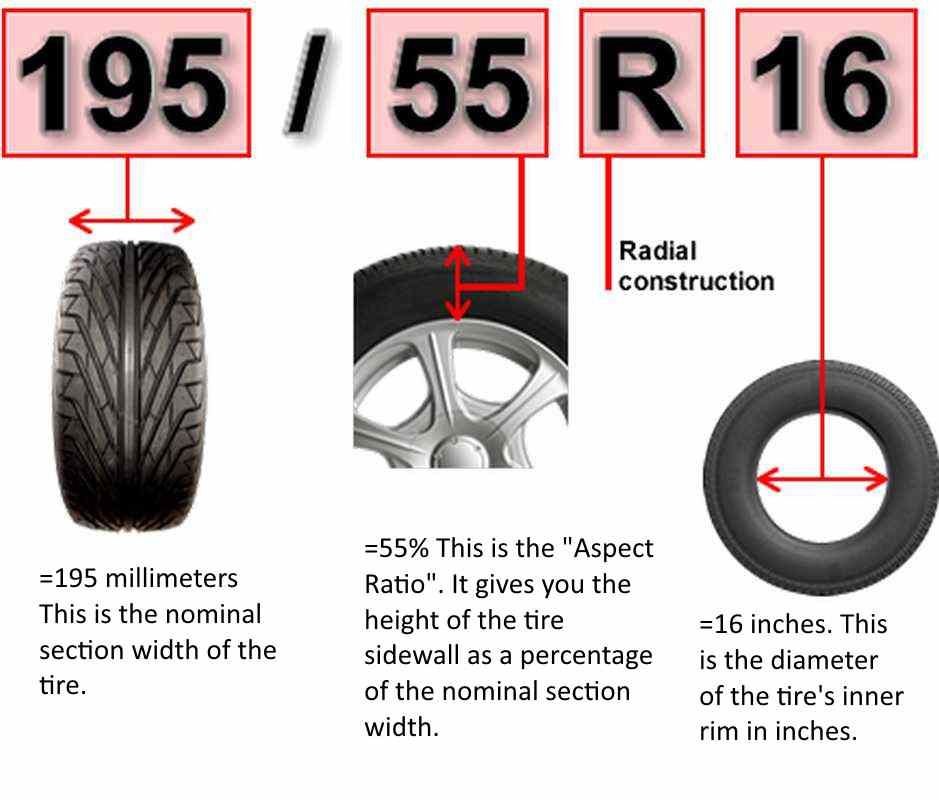
If everything is clear with a suddenly flat tire, then with an increase in pressure, many may have a question - where can it come from? And the thing is that tires must be pumped up correctly, taking into account the fact that, depending on the speed of movement and ambient temperature, the pressure in them can increase noticeably. This happens in the heat and during long-term movement at speeds over 100 km / h. In such conditions, not only the tires are heated, but also the air in them. And when a substance is heated, as is known, it expands in volume, which leads to an increase in pressure.
As for fuel consumption, it is the greater, the lower the pressure in the wheels. The engine starts to “eat” more because it is harder for it to push the car on low tires, the rolling resistance of which increases with decreasing pressure in them. At the same time, lowering the pressure in the wheels by only 0.1 atmosphere during long trips can increase the fuel budget very noticeably.
Tire resource. In this regard, both high and low tire pressure are bad. An overinflated tire, as mentioned above, has a smaller contact patch with the road surface. As a result, the load on this very spot increases, and it wears out intensively around the entire circumference of the tire. The first sign that you've been riding on overinflated tires is abnormally worn rubber along the center tread line. With insufficient pressure, the load increases on the edges of the tread, the wear of which can be seen in the form of a corresponding uneven wear.
It is also worth noting that in almost all EU countries today it is forbidden to operate a car without a tire pressure monitoring system. So its presence on your car model provides another advantage - the ability to simplify registration when traveling abroad, at least for this item.
Despite the fact that the first more or less working tire pressure monitoring systems appeared in the late 90s, the development of technology has not made them reliable and trouble-free.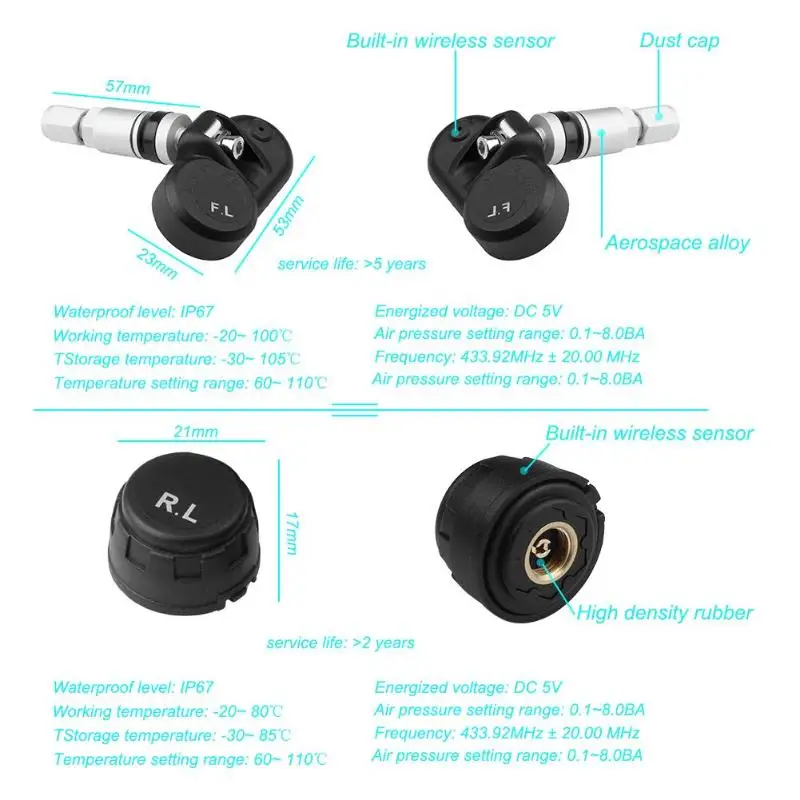 From many owners of cars with standard TPMS systems, only one can hear - it is buggy, then the indicator lights up for no reason, then it stops working altogether. The reason for all this is the same - the difficult conditions in which this system operates.
From many owners of cars with standard TPMS systems, only one can hear - it is buggy, then the indicator lights up for no reason, then it stops working altogether. The reason for all this is the same - the difficult conditions in which this system operates.
Along with the extreme unreliability of tire pressure sensors, the following disadvantages can also be noted:
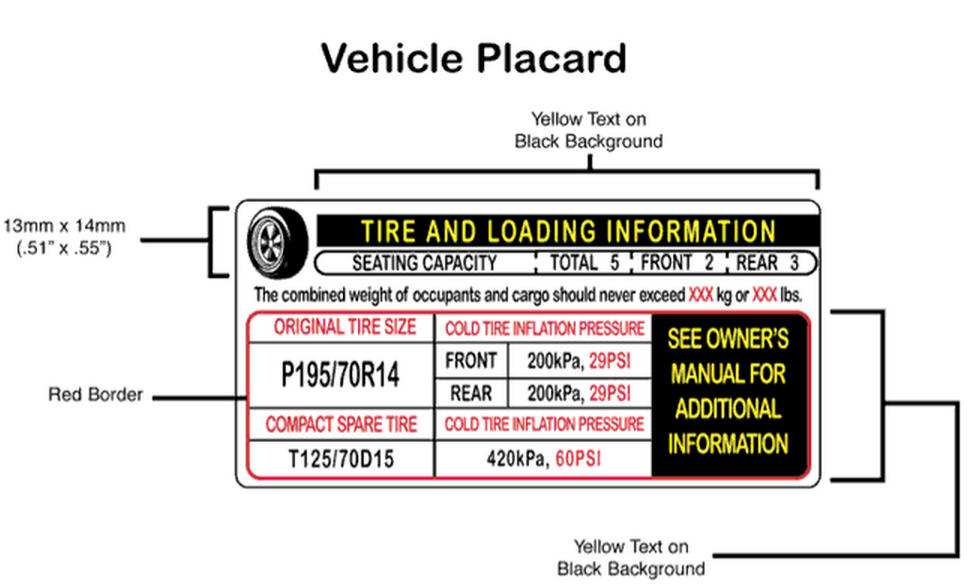 Such wheels, even at zero pressure, decrease in diameter slightly. So insignificantly that the system may not notice anything in which case.
Such wheels, even at zero pressure, decrease in diameter slightly. So insignificantly that the system may not notice anything in which case. However, not always all these shortcomings "gather together". In cars where TPMS is a standard system, and the manufacturer embeds it not as an option, but already in the base, and not for the first time on this model, then everything works relatively reliably and for a long time.
In cars where TPMS is a standard system, and the manufacturer embeds it not as an option, but already in the base, and not for the first time on this model, then everything works relatively reliably and for a long time.
Summary
The tire pressure monitoring system is nothing new or innovative. The first sensors were installed in cars twenty years ago. However, despite this, to date, such systems are not distinguished by reliability and durability. Especially in harsh operating conditions on our roads and in our climate. Reliability and durability here directly depends on the cost of the system. Therefore, if you really need it, forget about cheap Chinese sensors and other “toys” that cost less than $100. They don't work as they say in their description.
Related Material
5 Possible Causes of a Car Battery Draining Quickly
Bad Starter Turns: Diagnosis and Troubleshooting
Easy Ways to Check High Voltage Ignition Wires
Why You Need to Change Your Car's Shock Absorbers
5 Ways to Check Your Car's Shock Absorbers 5 Ways to Check Your Car's Shock AbsorbersVibration when braking a car: self-diagnosis
Operating rules and washing the car after painting the body
Battery boils: causes and myths
Voltage drops in VAZ and on other cars
Preparing a car for sale
How to better set up a radio in a car
10 possible reasons why speakers wheeze in a car
Tips on how to reduce fuel consumption in a car
How to properly connect any car radio to anything
How to fix the radio with your own hands
In the battery, one “can” does not boil when charging
Uneven tire wear
Is it possible to charge the battery without removing the terminals - myths and reality
How to make 220 volts in a car
Why does the car stall when the terminal is removed from the battery and is it possible to do this
Do I need to disconnect the battery? 10 cases when it really does not hurt.